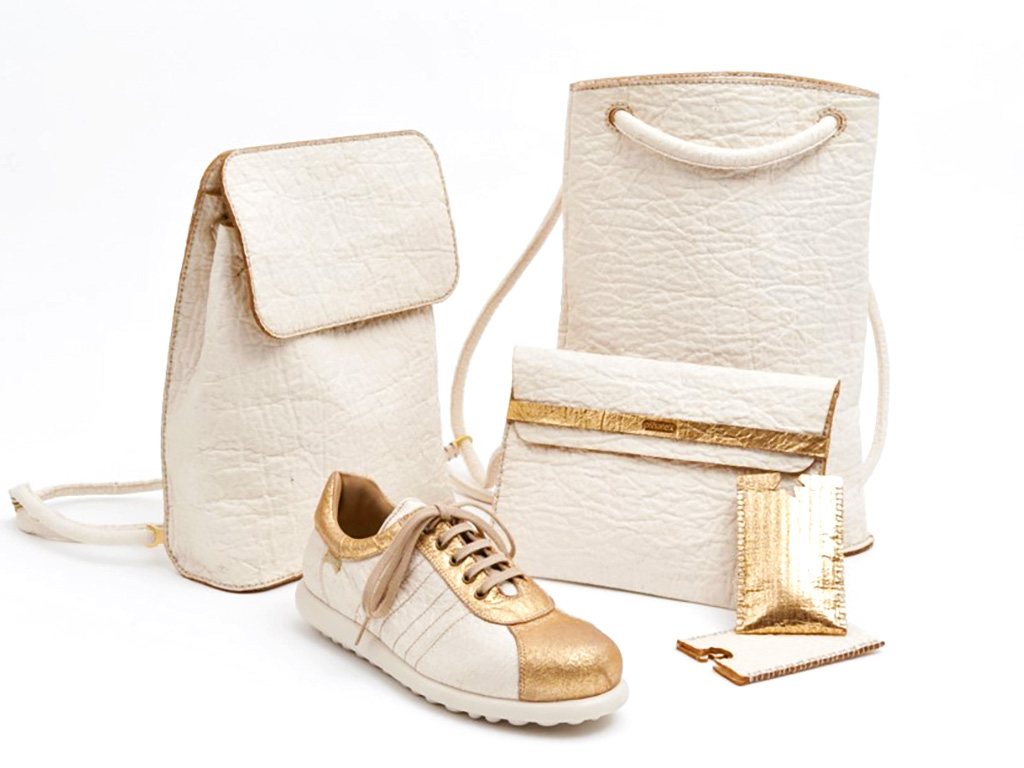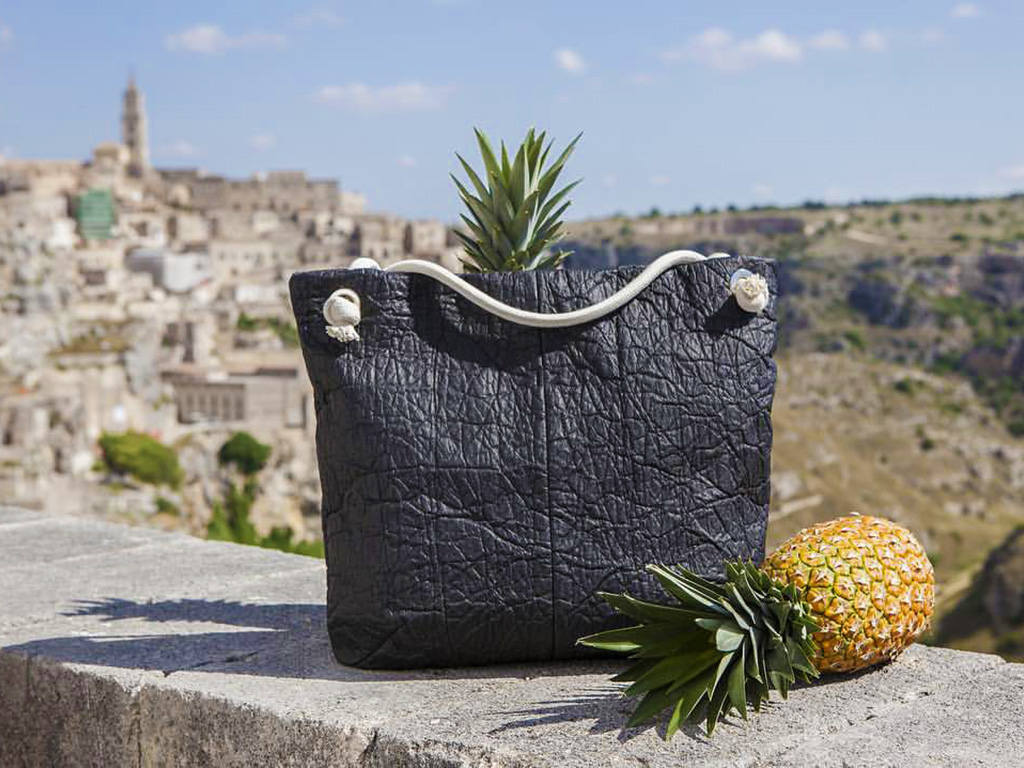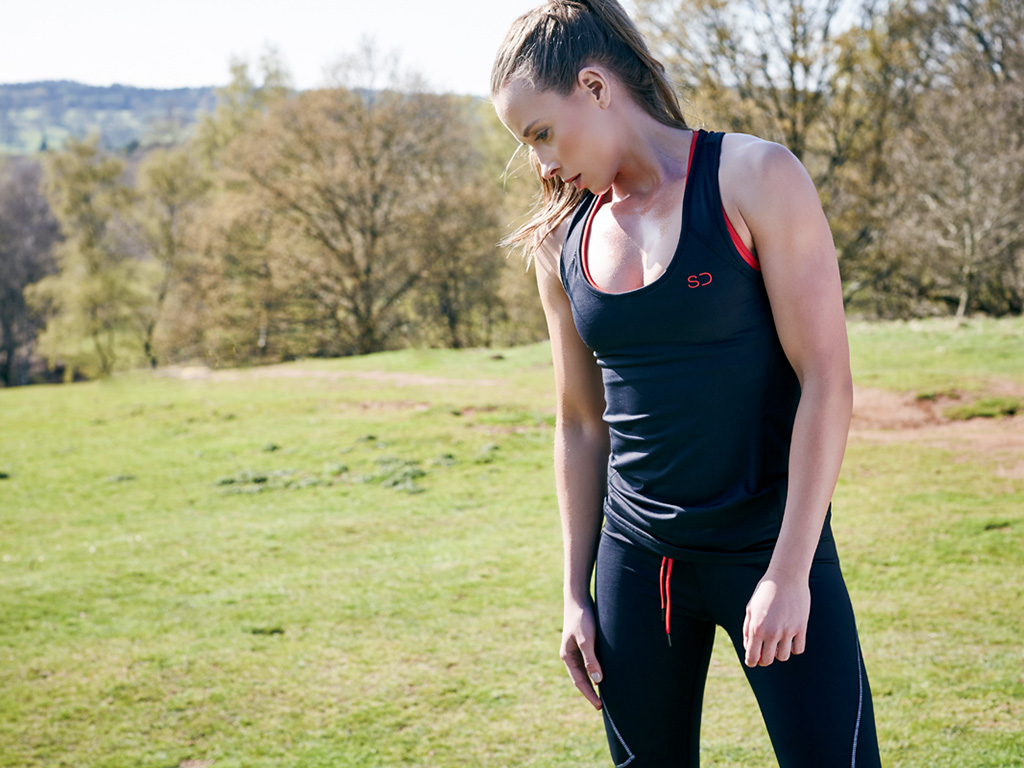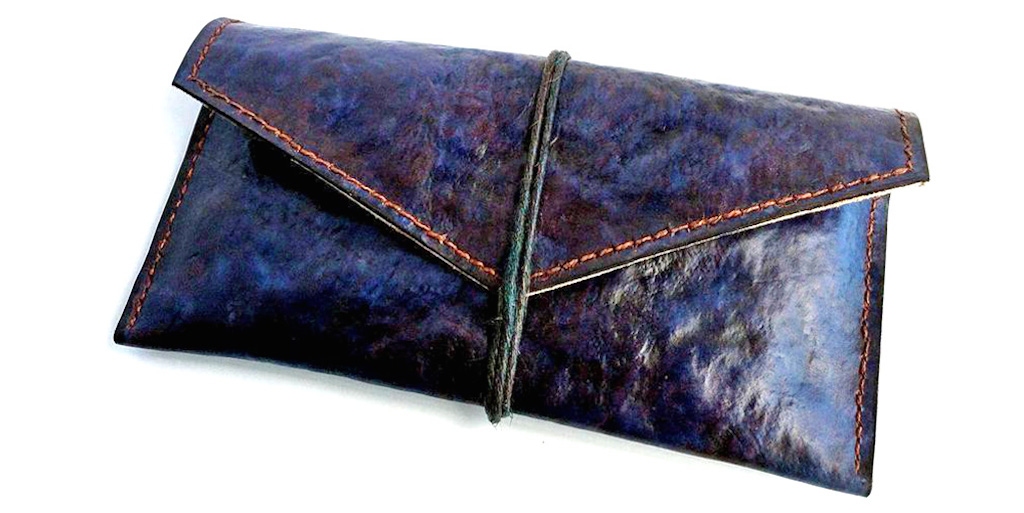5 Mins Read
When actress Emma Watson launched her Instagram account, The Press Tour, for the sole purpose of highlighting ethical, sustainable fashion while promoting Beauty and the Beast, it was wonderful seeing someone with such clout shine a light on how chic and beautiful sustainable fashion can be. As the second biggest environmental global and clean water polluter, the fashion industry, and the fabrics used within, is seriously messing with our eco-system. Cotton, while being a natural fiber, is thirsty AF- manufacturing just one T-shirt can require more than 5,000 gallons of water. Not to mention that nearly 70 million barrels of oil are used each year to make polyester fiber, which takes more than 200 years to decompose (yeah, you read that right) and which is the mainstay fabric of fast fashion.
The fashion carbon footprint is tremendous, no doubt. The question is: what are we going to do about it? While the facts are quite grim, the latest developments in responsible sourcing and rising eco-fashion awareness have been inspiring. Environmental NGOs like Hong Kong’s very own Redress is actively working to reduce waste in the fashion industry. BYT, an affordable luxury up-cycled fashion brand, uses only sustainable and socially responsible supply chains in Asia (one of their main goals is to use discarded fabrics from textile mills). Innovative designers are looking for more viable alternatives in the textile and fashion industry and are turning food waste, natural sources, and raw materials into plant-based leather alternatives that mirror the real thing. Bags and shoes are being manufactured out of pineapple leaves. Active wear and t-shirts have been constructed out of coffee beans! A variety of veggie leathers are currently being tested for market viability. The future of fashion is in our food (waste) and the impact to the clothing industry and Mother Earth will be big.
Pineapple Leather
Made entirely from pineapple waste (pineapple leaves, to be exact), the fibers from this tropical fruit are durable and biodegradable, making it a great alternative to traditional leather. Developed by textile consultant Dr. Carmen Hijosa (who founded her socially-conscious textile startup Ananas Anam- at age 63 no less), her company manufactures Piñatex, an innovative, natural and sustainable non-woven textile that uses absolutely no extra land, water, fertilizers or pesticides for production. Soft like the textured leather we are used to seeing, Piñatex is light, breathable and comfortable, making it an ideal material for footwear, fashion, and furnishings.
Since inception, Piñatex has been used to produce luxury shoes and bags to great fanfare. Bourgeois Boheme, a vegan footwear brand based in London reinvents British shoe classics like oxfords and loafers (and a cute pair of Felicity Piñatex slip-on sandals!) using eco-friendly vegan products, free from animal-derived materials. Polish luxury handbag brand, Alexandra K, also uses Piñatex in their simple and elegant vegan bags and accessories.
Coffee Bean Fabric
Coffee is the second most sought-after commodity in the world (with crude oil coming in first), so one can only imagine how many ground coffee beans are tossed away mindlessly in the global multi-billion industry that is coffee cup making & serving. But for the last decade, Taiwanese company Singtex, has been making big waves in the textile world turning leftover coffee grounds into sustainable fabric. Collecting roasted coffee waste from coffee shops and cafes all over Taiwan (for free!), they mix it with recycled water bottles and the combination becomes coffee yarn, which is then used to produce fabric. The result is an eco-friendly, high-tech fabric that is fast drying, UV-resistant, and deodorizing…and making it ideal for active-wear.
Companies like Sundried, a UK-based athletic brand, has designed a new range of sportswear made entirely from used coffee grounds in Portugal and Italy. Working with The Low Carbon Innovation Fund to ensure the company minimizes their carbon footprint, Sundried is actively tested by leading athletes around the world.
 Mushroom Leather
Mushroom Leather
A new kind of leather grown out of mushrooms, MuSkin (aka mushroom skin) is made from the tops of Phellinus ellipsoideus mushrooms and tanned (similar to traditional leather) naturally without using any toxic chemicals, making it ideal for items that come into direct contact with skin such as shoes, bags and watch straps. Developed by Italian textile manufacturer Grado Zero Espace, the process generates a material that resembles suede fabric, but is softer, breathable and with the capacity to absorb moisture, just like regular fabric. Over in San Francisco, MycoWorks is a creative team of engineers, designers and scientists working to grow leather from mycelium, the vegetative part (or skin) of a fungus. By growing the spores under different temperatures and humidity, and then tanning the “skin,” they are able to make leather that simulate cow, snake, and ostrich hide. With a much smaller environmental footprint than conventional cow leather, mushroom leather is biodegradable and requires much less energy.
Neither MuSkin or MycoWorks is on the market yet, though we have high hopes for both.
Soybean Leather
One of the newer (very new) eco-friendly vegetable leathers out there is soybean leather. XXLab, an all-female collective based in Indonesia is actively researching alternative ways to utilize soybean waste (as a byproduct of tofu and tempeh production) that are polluting their waters: they boil the liquid leftovers for ten days with vinegar, sugar, fertilizer and bacteria until it becomes microbial cellulose (widely used in the traditional Filipino dessert nata de coco). After drying it, the end result is a sustainable, vegan fabric with a zero waste ethic that can be used to construct shoes, bags and wallets.
Soybean leather products are not yet available on the market but we see huge potential from these zero waste ladies.
Images courtesy of Piñatex (lead photo), Sundried, MycoWorks and Pexels.





 Mushroom Leather
Mushroom Leather

